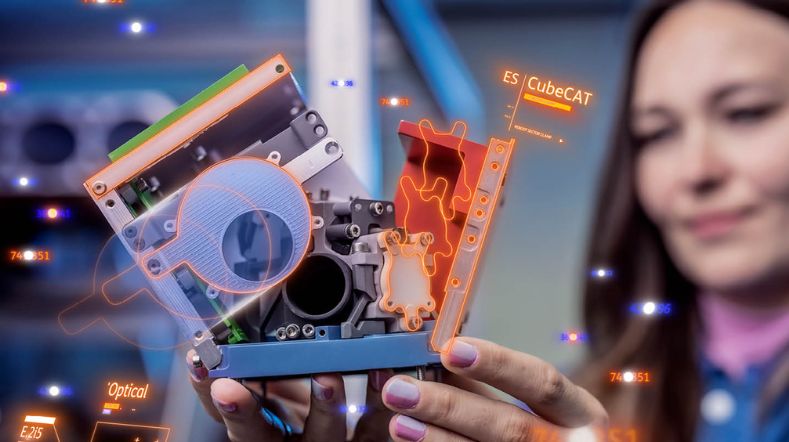MilSpace2: Spectrum monitoring dual satellite system
Defence organisations are becoming increasingly dependent on space for its deployment. Consider, for example, the large number of satellites, which are important for communication, navigation and observation. The Dutch Ministry of Defence will want to develop more in the space domain in the coming years as well as address its dependence on it and the threats and developments in this area. This is described in the Dutch Defence Space Agenda.
Milspace2 project
Ahead of this, a successful Flight Readiness Review was completed on 28 November for the MilSpace 2 satellites. The MilSpace2 satellite system will demonstrate the military use of a microsatellite spectrum monitoring system and will build on the experience of the Norwegian NorSat-3 and the Dutch BRIK-II missions.
Almost ready for the launch Milspace 2 is a project that has been running for 5 years and has led, among other things, to the design and realisation of the two Milspace 2 satellites Birkeland and Huygens. The launch of the Milspace 2 satellites is scheduled for December this year.
This is the first time Norway and The Netherlands launch a constellation of satellites that will fly in tandem, which means the involved parties gain experience in formation flying throughout the project.
Working in tandem
The Milspace 2 mission will provide a non-cooperative and all-weather capability for detecting radars of interest. The two nano-satellites will both be able to measure the "Angle of Arrival" (AoA), and, when working in tandem, will offer improved geolocation accuracy thanks to the time of arrival difference (TDoA). This is the first known concept to offer combined AoA and TDoA for a two-satellite system.
Cooperation between the Netherlands and Norway
The Strategic Mutual Assistance in Research and Technology (SMART) Military Use of Space (MilSpace) Science & Technology cooperation is a bilateral agreement between the Ministry of Defence of the Kingdom of the Netherlands and the Ministry of Defence of the Kingdom of Norway. The project team, acting on behalf of the MoDs, consists of FFI from Norway and NLR and TNO from the Netherlands.
Factsheet MilSpace 2
Get inspired
First Dutch hybrid quantum channel for secure communication successfully established


TNO's laser communication terminal secures prestigious win at EARTO Innovation Awards


TNO launches Qu-STAR to pioneer quantum internet via space


This is our time: Industrialising TNO's optical satellite communication technology


This is our time: working on breakthroughs in laser satellite communication


